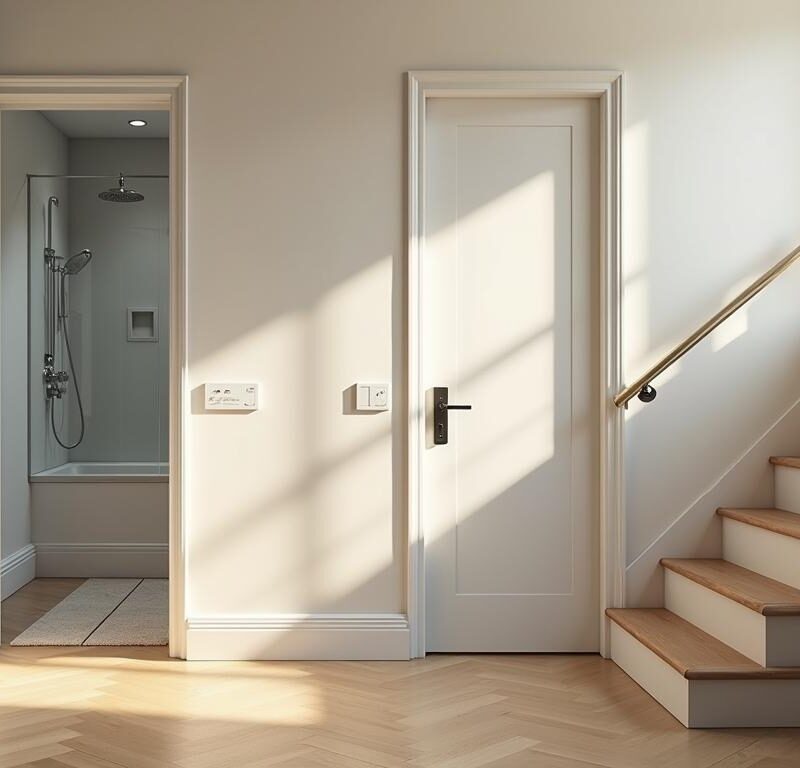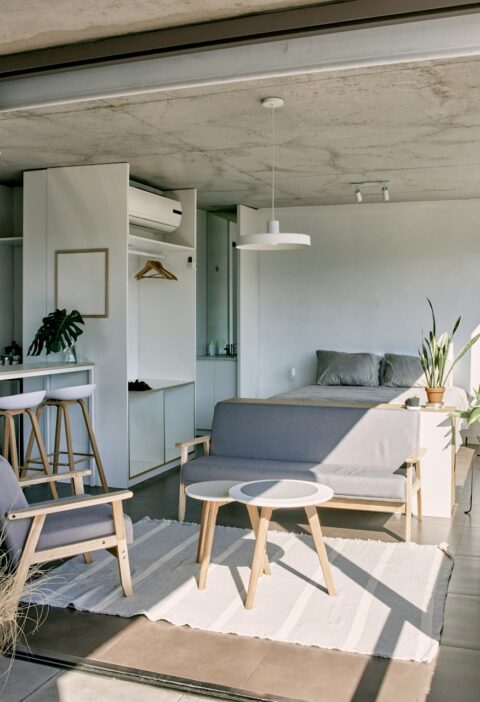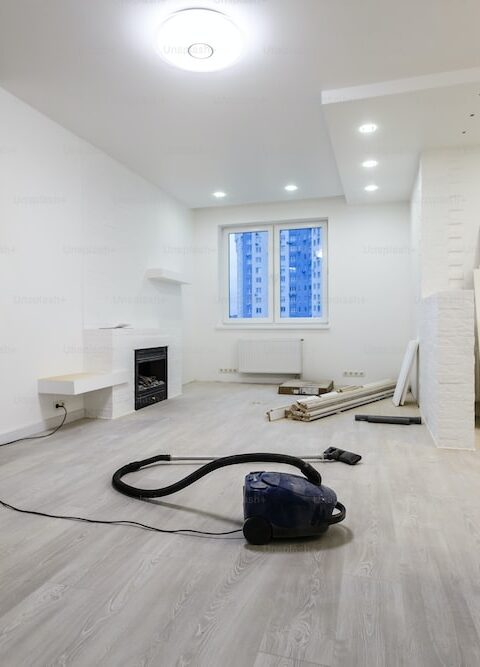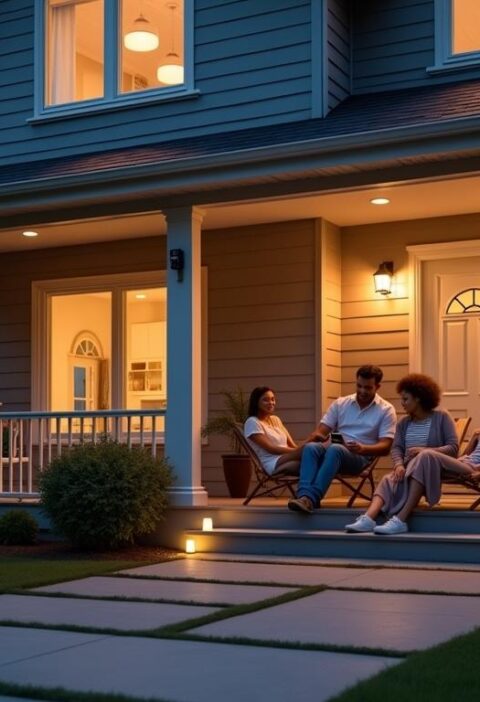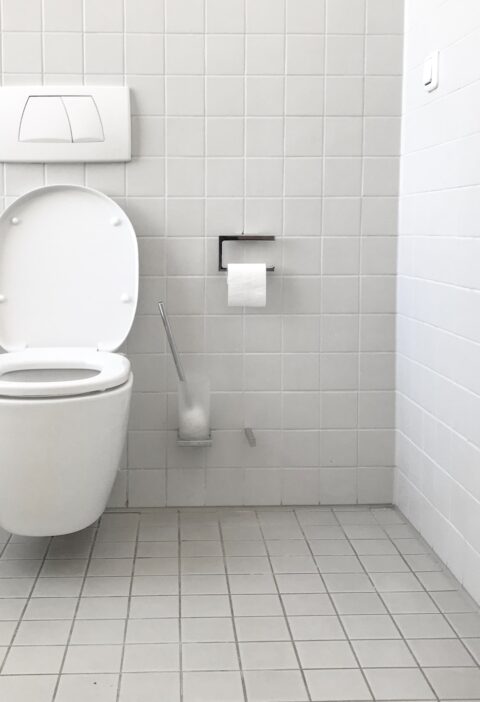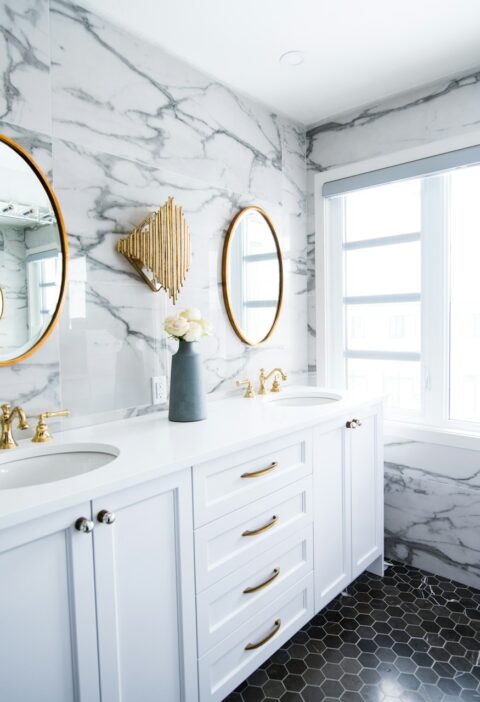For aging adults seeking comfort, consider home improvements that enhance senior-friendly living. By making a few strategic changes, it becomes easier to move around the house, reduce fall risks, and enjoy a secure environment that supports healthy aging in place.
Many people underestimate how simple tweaks like non-slip flooring or improved lighting can have a lasting impact. Whether you’re planning an elderly home renovation or taking small steps to create barrier-free living, each decision can encourage better mobility, safety, and peace of mind. Below are some valuable tips to guide you through an accessible home design that caters to older adults without sacrificing style or functionality.
Embracing Accessible Home Modifications
Most families begin with accessible home modifications to create a living space that supports seniors’ everyday needs. From widened doorways to ramp installations, these adjustments enhance overall flow and prevent accidents that might happen in tight or cluttered spaces. While a ramp or stair lift solutions might be necessary for significant mobility challenges, even something as basic as fall prevention measures in hallways can make a difference.
Think about how to blend universal design features seamlessly with your current layout. For example, installing easy-to-use fixtures in the bathroom and kitchen can reduce strain on wrists and hands. Simple changes like lever-style doorknobs, rocker light switches, and handheld showerheads can reduce repetitive motions and prevent fatigue. These incremental upgrades gradually build toward a completely mobility-friendly home.
Widened Doorways
Doorway width adjustments are particularly important for wheelchair users or individuals who rely on walkers. Expanding frames just a couple of inches can allow for smoother navigation and prevent bumped elbows or scrapes. This step supports barrier-free living by ensuring every section of the hallway connects easily to your living spaces.
Key Senior Safety Renovations
Aging in place modifications often focus on senior safety renovations that reduce the risk of slips, trips, and falls. Handrail installations along staircases and hallways offer extra support where seniors need it most. In addition, sturdy railings help individuals feel more confident when climbing the stairs or walking from one room to the next.
Mobility-friendly upgrades should also factor in proper lighting enhancements for seniors, such as adaptive lighting that brightens dim corners or staircase steps. Not only does this address potential trip hazards, but it also decreases eye strain. Better visibility helps everyone feel more secure and comfortable, especially older adults who might experience diminished eyesight.
Fall Prevention Measures
Fall prevention measures form the backbone of many senior living modifications. Non-slip flooring is a necessity in high-traffic areas, such as kitchens, bathrooms, and entrances. Using slip-resistant mats or flooring materials goes a long way in minimizing accidents, especially in places that commonly get wet, like near the sink or bathtub.
Upgrading Bathrooms and Kitchens
Bathrooms and kitchens often present the highest risk for slips or injuries, so focusing on bathroom safety upgrades and kitchen accessibility features is crucial. Bathroom safety solutions include curbless shower designs, walk-in showers, and grab bars installation near toilets and showers. These additions help individuals balance safely while moving in and out of wet areas.
Kitchen accessibility improvements might involve lowering countertops or installing pull-out shelving. Easy-to-use fixtures like lever-operated faucets and adjustable-height sinks can further reduce strain. Consider also placing frequently used items in accessible spots, so nobody has to climb onto step stools or reach painfully overhead. A well-planned redesign in these areas not only promotes safe aging in place but also elevates the overall functionality for every household member.
Grab Bar Installation and Curbless Showers
Grab bar installation is an effective way to offer support for those with mobility or balance issues. Placing these bars at the right height offers stability near the toilet and inside walk-in showers. Meanwhile, curbless shower designs remove the edge or “curb” that can be a tripping hazard. This combination of features eases daily routines and preserves dignity for seniors who value independent living.
Non-Slip Flooring Options and Mobility Aid Installations
When looking at non-slip flooring options, it’s wise to choose surfaces that offer enough texture for traction but remain easy to clean. Materials like vinyl or certain types of tile are both aesthetically pleasing and safer for older adults. Placing slip-resistant mats in entryways or kitchens also helps with immediate grip underfoot.
Mobility aid installations boost accessibility for those who need additional support, whether through walkers, canes, or wheelchairs. Wheelchair ramp construction at entryways is often the first step toward creating an open, barrier-free home. Ramps eliminate the need to tackle steep stairs and make everyday tasks, such as bringing in groceries, less daunting.
Stair Lift Solutions
Stair lift solutions come in handy when a senior’s bedroom is located on an upper floor and climbing the stairs becomes risky. A dependable stair lift ensures that the individual can travel between levels without assistance or fear of falling. It’s an investment, but one that can drastically extend the time seniors can remain in their homes safely.
Smart Home Technology for Elderly and Emergency Preparedness
Smart home technology for elderly individuals is more than a trendy upgrade—it’s a link to safety and peace of mind. Voice-activated lighting or temperature controls fall under adaptive lighting features that simplify daily tasks. Combined with sensors that detect movement, these systems can alert family members or caregivers if a senior hasn’t left a room for an unusually long time.
Emergency alert systems are indispensable in senior-friendly home upgrades. They serve as a lifeline in case of unexpected falls or sudden health issues. Some devices can automatically sense a fall and call for help, while others feature simple pendant buttons that are easy to activate. Together, these tools transform home safety enhancements into real-time support systems.
Outdoor Accessibility Improvements
Making the outside of your home just as accessible as the inside is vital for older adults who enjoy fresh air and independence. Outdoor accessibility improvements begin with paths or ramps that accommodate wheelchairs or walkers. Pay attention to walkways, ensuring they are level, free of cracks, and wide enough for easy navigation.
Installing handrail options along exterior steps is also beneficial, especially if there’s a noticeable slope in your yard. When planning any exterior elderly home renovation, remember to provide adequate lighting for nighttime use. Illuminating the driveway or patio with well-placed lights lowers the risk of outdoor falls and helps everyone enjoy evenings in a secure setting.
Senior-Friendly Landscaping
Senior-friendly landscaping can combine aesthetics and practicality by featuring low-maintenance home upgrades. Trimmed shrubs, sturdy benches, and carefully placed potted plants create a welcoming environment without demanding too much upkeep. If you want to encourage gentle exercise, set up short, level pathways around the garden for an easy stroll. Doing so keeps older adults engaged with nature while still prioritizing their safety and comfort.
Achieving Affordable Aging-in-Place Solutions
Worries about budget constraints sometimes stop homeowners from pursuing senior living modifications. However, many affordable aging-in-place solutions exist. It can be as simple as swapping out round doorknobs for lever handles or installing small ramps in place of single steps. The key is to target the biggest risks first, then tackle additional projects over time. This approach spreads costs, making improvements more manageable.
Grants and local government programs may offer financial help for home safety enhancements, especially for those with limited incomes. By researching ways to reduce expenses, families can accomplish major mobility-friendly upgrades without overspending. As you gather ideas, remember that small adjustments, such as non-slip flooring or improved lighting, can also reduce hospital bills caused by injuries—essentially paying off in the long run.
By focusing on functional adaptations, you’ll create a space that supports aging loved ones while respecting their independence and personal style. This process of elderly home renovation can be an empowering experience for seniors who want to remain in control of their daily activities. Over time, each modification—from grab bars installation to wheelchair ramp construction—helps make day-to-day life a safer, more comfortable reality.

